Superheroes have taken the world by storm, captivating audiences with their extraordinary powers, thrilling adventures, and iconic legacies. From the pages of comic books to the big screen, superheroes have become a dominant force in the realm of movies, shaping popular culture and leaving a lasting impact on audiences everywhere.
But have you ever wondered why superhero movies have become such a phenomenon? What is it about these fictional characters that resonates with us so deeply, making them the undisputed kings and queens of the box office? Are superhero films just a form of modern fantasy, fulfilling our desire for epic battles and larger-than-life stories? Or do they hold a deeper meaning, reflecting the hopes, dreams, and challenges of our own lives?
In this article, we dive into the world of superheroes in movies, exploring the captivating allure, the exhilarating showdowns, and the legacies that continue to shape the cinematic landscape. Join us on this thrilling journey as we uncover the secrets behind the success of superhero films and examine how these extraordinary characters have become an integral part of our cultural consciousness.
Key Takeaways:
Superhero movies have become a major part of the film industry, captivating audiences worldwide.
These films provide an escape into a world of fantasy and adventure, showcasing epic battles and extraordinary powers.
Superheroes hold a special place in popular culture, reflecting our own hopes, dreams, and challenges.
The success of superhero movies goes beyond entertainment, leaving a lasting impact on cinema and society as a whole.
Join us as we explore the fascinating world of superheroes and their incredible legacies in movies.
The Most Epic Superhero Showdowns
Superhero movies are known for their adrenaline-pumping, action-packed sequences that bring audiences to the edge of their seats. These intense and visually stunning battles have become a defining aspect of the genre, delivering epic showdowns that leave fans in awe. From the Marvel Cinematic Universe to the DC Extended Universe, these films offer some of the most memorable and epic battles in cinematic history.
In this section, we will rank and discuss the most iconic superhero movie showdowns of all time. Brace yourself for intense superhero fights, epic battles, and the climaxes of superhero movies that make us cheer for our favorite heroes. From classic encounters to modern spectacles, these moments have become the stuff of legend within the superhero movie canon.
Let’s dive into some of the most jaw-dropping superhero movie showdowns:
1. Wonder Woman vs. Ares
“Only love can truly save the world.”
– Wonder Woman
In the climax of the film “Wonder Woman,” Diana Prince, portrayed by Gal Gadot, faces off against the god of war himself, Ares. This intense battle showcases Wonder Woman’s strength, courage, and determination as she fights to protect humanity from Ares’ destructive influence. With breathtaking visuals and powerful emotions, this showdown represents the essence of what makes superhero movies so captivating.
2. Iron Man vs. Thor vs. Captain America
“And there came a day unlike any other, when Earth’s mightiest heroes found themselves united against a common threat.”
– Nick Fury
In the epic superhero ensemble movie “The Avengers,” Iron Man, Thor, and Captain America join forces to save the world from the villainous Loki and his alien army. This intense battle not only showcases the powers and abilities of each hero but also demonstrates their ability to work together as a team. The clash between these iconic characters is a testament to the grandeur and scale of superhero movie showdowns.
3. Spider-Man vs. the Green Goblin
“Whatever comes our way, whatever battle we have raging still within us, we always have a choice. My friend Harry taught me that.”
– Peter Parker/Spider-Man
In the 2002 film “Spider-Man,” Tobey Maguire’s Peter Parker faces his arch-nemesis, the Green Goblin, portrayed by Willem Dafoe. This intense battle between Spider-Man’s agility and the Green Goblin’s relentless attacks is a prime example of an epic superhero movie showdown. With high-flying acrobatics and heart-pounding moments, this battle is a fan-favorite and a memorable moment in superhero movie history.
These are just a few examples of the intense superhero fights and epic battles that have graced the big screen. Each of these showdowns represents the culmination of a hero’s journey, the ultimate test of their strength, and the triumph of good over evil.
These showdowns have become iconic moments in superhero movie history, etching themselves into the hearts and minds of fans worldwide. As the genre continues to evolve, we can only imagine the epic battles that await us in future superhero movies.
Stay tuned as we explore more thrilling aspects of superheroes in movies, including the passing of mantles and the rise of new generation heroes!
Legacy Superheroes: Passing the Torch
In the world of superhero comics, the concept of legacy superheroes plays a significant role in ensuring the longevity of these beloved characters. Legacy superheroes refer to the passing of the torch from one hero to another, where successors take on the mantle and continue the heroic legacy. This tradition ensures that superhero titles and mantles are not confined to one individual, allowing for fresh stories and new perspectives to emerge.
One notable example of a legacy superhero is Nubia, who inherited the Wonder Woman title. Nubia, a powerful warrior and sister to Diana Prince (the original Wonder Woman), stepped up to carry the mantle of Wonder Woman in the DC Comics universe. As the first Black Amazon and female hero, Nubia brings her unique experiences and perspective to the role, adding depth to the Wonder Woman mythology.
Another compelling example is Shuri, sister of T’Challa, who took on the mantle of the Black Panther after her brother’s temporary absence in the Marvel Comics. Shuri’s intelligence, bravery, and technological expertise make her a formidable successor, showcasing her growth and dedication to protecting Wakanda and its people.
Legacy superheroes are not limited to heroes stepping into iconic roles but can also involve temporary replacements. Driven by a complex storyline, Doctor Octopus, one of Spider-Man’s most notorious villains, temporarily took over as Spider-Man in the “Superior Spider-Man” comic series. This unexpected twist offered readers a fresh and alternative take on the classic hero, challenging their perception of what it means to be a superhero.
Table: Notable Legacy Superheroes
These examples demonstrate the rich storytelling opportunities that arise when legacy superheroes pass the torch. It allows for the exploration of successor characters, their growth, and the impact they have on the superhero mythos. Legacy superheroes ensure the continuity and evolution of beloved characters, keeping the superhero genre dynamic and engaging for both longtime fans and new readers.
New Generation Heroes: Carrying on the Legacy
As the tradition of legacy superheroes continues, a new generation of heroes is emerging to carry on the legacies of their predecessors. These young superheroes are not only stepping into the shoes of their beloved mentors but also carving out their own paths towards becoming the next generation of superheroes. Let’s take a closer look at some remarkable individuals who have embraced the responsibility of being superhero apprentices.
1. Sam Alexander as Nova
Sam Alexander, also known as Nova, is a young hero who inherited the mantle from his father, Jesse Alexander. With an incredible power cosmic granted by the Nova Corps, Sam has proved himself worthy of the title by protecting the galaxy from impending threats. Showing his bravery and tenacity, Sam is carrying forward the legacy of the Nova Corps, blazing a new trail among the stars.
2. Nadia van Dyne as the Wasp
Nadia van Dyne, the daughter of Hank Pym, has taken up the mantle of the Wasp and is making her mark in the superhero world. With her brilliance and relentless determination, Nadia showcases the same intellect and courage as her father, embodying the spirit of the hero who came before her. As the new Wasp, Nadia is a beacon of hope, emphasizing that genius knows no boundaries.
3. Jackson Hyde as the new Aquaman
Jackson Hyde, also known as Aqualad, is the worthy successor to the throne of Atlantis. With his hydrokinetic powers and connection to water, Jackson embodies the legacy of Aquaman and strives to protect the oceans from threats both above and beneath the surface. As he navigates the challenges of being the new Aquaman, Jackson proves that youth and determination can bring a fresh perspective to the superhero world.
These new generation heroes are not just sidekicks or replacements; they are forging their own destinies, carrying the legacies of their mentors while adding their unique perspectives and abilities to the world of superheroes. Their stories inspire not only the aspiring heroes of tomorrow but also remind us that heroism knows no age. Just as the previous generation of superheroes believed in them, we too can place our trust in these courageous young individuals as they serve as beacons of hope and justice.
The Valkyrie: Jane Foster’s Journey as Thor
Jane Foster’s journey as Thor has been a groundbreaking storyline in the Marvel comics. In this section, we will delve into Jane Foster’s transition from being an ally of the Thunder God to taking up the mantle of Thor and becoming a powerful superhero in her own right. Her story explores themes of heroism, sacrifice, and the power of redemption.
“I couldn’t help but wonder if every hero faced their ultimate enemy feeling the conflict of breaking free of what held them back and what it meant to hold them back. To face the enemy: external and internal. To become something more. Something unstoppable.” – Jane Foster as Thor
Jane Foster’s transformation into Thor came at a time when the original Thor, Odinson, became unworthy to wield Mjolnir, the mystical hammer that grants its wielder the power of Thor. As the Mighty Thor, Jane Foster proved herself to be a worthy successor, wielding the power of a thunder god while also dealing with her own mortal frailties.
Her journey as Thor not only showcases the strength and resilience of a female superhero but also challenges the traditional notion of what it means to be a superhero. Jane Foster defied the odds, battling not only villains but also a life-threatening illness, proving that anyone can become a hero, regardless of their circumstances.
Throughout her time as the Mighty Thor, Jane Foster faced numerous challenges, both external and internal. She battled formidable foes such as Malekith the Accursed and Mangog, all while dealing with the toll that wielding Mjolnir took on her body. Her story is a testament to the indomitable spirit of heroism and the sacrifices that heroes make to protect those they love.
Jane Foster as The Mighty Thor:
As the female Thor, Jane Foster became a symbol of empowerment and representation in the Marvel Universe. Her story resonated with fans and critics alike, leading to her inclusion in various other media, including the Marvel Cinematic Universe.
The journey of Jane Foster as Thor serves as an inspiring example of a hero who defies expectations and surpasses the limitations imposed by others. Her story continues to captivate readers, showcasing the strength and determination of one of Marvel’s most iconic characters.
Superheroes in Movies: Cinematic Adaptations
Superhero movies have soared in popularity, captivating audiences worldwide with their thrilling tales of heroism and adventure. From the pages of comic books to the silver screen, the cinematic adaptations of beloved superheroes have become a major genre in the film industry.
The Marvel Cinematic Universe (MCU) and the DC Extended Universe (DCEU) have been at the forefront of this superhero movie revolution. Through their highly successful franchises, they have brought iconic comic book characters to life and created expansive shared universes that have captivated audiences for over a decade.
The Marvel Cinematic Universe, launched in 2008 with the release of Iron Man, has become a global phenomenon. With interconnected storylines, epic team-ups, and larger-than-life battles, the MCU has redefined the superhero genre and set the standard for cinematic universes. It has introduced audiences to beloved characters such as Iron Man, Captain America, Thor, and the Avengers, and has spawned numerous sequels, spin-offs, and TV shows.
Not to be outdone, the DC Extended Universe, starting with Man of Steel in 2013, has created its own shared universe featuring iconic superheroes like Superman, Batman, Wonder Woman, and the Justice League. While the DCEU has faced its fair share of criticism, it has also produced hits such as Wonder Woman and Aquaman, showcasing the enduring popularity of these beloved characters.
These superhero movie adaptations have not only entertained audiences but have also made a significant impact on the film industry and popular culture. Superhero movies consistently dominate the box office, breaking records and earning billions of dollars worldwide. They have become an integral part of modern cinema, attracting audiences of all ages and captivating them with their spectacular visual effects, compelling storytelling, and larger-than-life heroes.
Comic book movies, once considered niche and targeted primarily at comic book fans, have now become a mainstream phenomenon. They have widened the appeal of superheroes, introducing these characters to new generations and creating a surge of interest in the comic book medium. This cross-pollination between comics and movies has led to a mutually beneficial relationship, with comics inspiring movies and movies driving interest in comics.
Superhero movie adaptations have also brought diverse and underrepresented characters to the forefront. The success of movies like Black Panther and Captain Marvel has highlighted the importance of inclusivity and representation in superhero narratives. These films have resonated with audiences, demonstrating the demand for more diverse stories and characters on the big screen.
Table: Comparison of Marvel Cinematic Universe and DC Extended Universe
These superhero movie adaptations have not only entertained and inspired audiences but have also paved the way for other comic book properties to get the big-screen treatment. From independent comics like Scott Pilgrim vs. the World to lesser-known superheroes like Guardians of the Galaxy, the success of superhero movies has opened doors for a diverse range of characters and stories to be brought to life.
The rise of superhero movies shows no signs of slowing down, with a steady stream of releases planned for the future. Fans can look forward to new installments in the Marvel Cinematic Universe, including highly anticipated films like Black Widow and Doctor Strange in the Multiverse of Madness. The DC Extended Universe is also expanding with movies like The Batman and The Flash set to introduce fresh takes on classic characters.
Superhero movie adaptations have become a central pillar of modern cinema, captivating audiences of all ages and transcending the boundaries of fiction. As these adaptations continue to evolve and push the boundaries of storytelling, they ensure that superheroes will remain a powerful and enduring presence in popular culture for years to come.
Superhero Origins: From Comics to Movies
Superhero movies have become a beloved genre in the film industry, captivating audiences with their thrilling stories and larger-than-life characters. But where do these iconic superheroes come from? The answer lies in the world of comic books, which serve as the original source material for these beloved characters.
Comic book origins are the foundation upon which superhero movies are built. They provide a rich backstory, complex relationships, and fascinating powers and abilities that make these characters so compelling. The transition from comics to movies requires a careful balance of staying true to the character’s origins while adapting the story for a cinematic experience.
When bringing superheroes to the big screen, filmmakers often face the challenge of condensing decades’ worth of comic book storylines into a single movie. They must carefully select which elements to include, ensuring that the essence of the character and their origin story are preserved. This process requires a deep understanding of the source material and a respect for the fans who have followed these characters for years.
Take, for example, the origin story of Spider-Man. In the comics, Peter Parker gains his incredible spider-like powers after being bitten by a radioactive spider. This transformation sets him on the path to becoming the friendly neighborhood superhero we know and love. When bringing Spider-Man to the big screen, filmmakers must capture the essence of this origin, portraying the defining moments that shape Peter Parker into Spider-Man.
“With great power comes great responsibility.” – Uncle Ben
These iconic lines from Spider-Man’s origin story highlight the moral core of the character and have become a recurring theme throughout the various adaptations. Balancing authenticity and innovation, filmmakers have the task of reimagining beloved comic book origins while captivating audiences with fresh and exciting storytelling techniques.
Superhero movies based on comics have had a tremendous impact on popular culture, introducing a wider audience to the world of comic book heroes and inspiring a new generation of fans. They have become a bridge between the comic book medium and mainstream entertainment, allowing audiences to experience the thrill of these larger-than-life characters on the big screen.
The Importance of Superhero Origins
Why are superhero origins so important? They establish the foundation upon which the entire superhero narrative is built. Origins provide context, explaining how these extraordinary individuals gained their powers and why they choose to use them for the greater good. They explore the emotional journey and personal sacrifices that shape these characters into heroes.
Furthermore, superhero origins also serve as a point of connection for fans. Knowing the origin story of a superhero creates a sense of familiarity and understanding. It allows fans to relate to the character’s struggles, aspirations, and motivations, forging a deep emotional bond between the audience and the hero.
Translating Origins to the Big Screen
Adapting superhero origins from comics to movies requires a delicate balance of faithfulness to the source material and the creative freedom to reimagine these stories for a cinematic experience. Filmmakers must capture the essence of the character’s journey while also appealing to a wider audience who may be less familiar with the original comic book origins.
When done successfully, this adaptation process can lead to groundbreaking movies that resonate with fans and newcomers alike. It allows for character development, exploration of themes, and a visual spectacle that brings these beloved superheroes to life.
The Legacy of Superhero Origins
Superhero origins serve as the timeless origin stories that have captured the imagination of audiences for generations, fueling our fascination with these extraordinary individuals and their heroic journeys. They remind us that anyone, regardless of their background or circumstances, has the potential for greatness.
From Superman’s arrival on Earth to Batman’s vow to protect Gotham, these origin stories have become ingrained in popular culture, shaping the way we perceive and admire superheroes. They have become the foundation for countless movies, television shows, and comic book adaptations, solidifying the superhero genre as a pillar of storytelling.
Superhero Movie Franchises: Building Universes
One of the remarkable features of superhero movies is their ability to create expansive universes, where multiple movies are interconnected and form a cohesive storytelling experience. These superhero movie franchises captivate audiences with their shared universes, allowing for complex narratives and character crossovers that enhance the overall viewing experience.
The concept of cinematic universes has gained immense popularity in recent years, revolutionizing the superhero genre. A cinematic universe refers to a shared fictional world in which characters from different movies exist and interact. This interconnected approach allows for a seamless flow of stories, plotlines, and characters across various films, creating a sense of continuity and immersion for fans.
Notable examples of successful superhero movie franchises employing this shared universe model include the Marvel Cinematic Universe and the DC Extended Universe. These franchises have expanded to include multiple standalone films featuring various superheroes, culminating in epic team-up movies and crossover events that have become highly anticipated by fans worldwide. The interconnected nature of these movies adds depth and complexity to the narratives, providing a sense of excitement and anticipation as storylines converge.
“The shared universe concept creates a sense of unity, allowing fans to become deeply invested in the expansive world of superheroes,” explains renowned film critic, Peter Travers.
It’s like reading a comic book come to life, where characters from different titles cross paths, forming a tapestry of interconnected stories that weave together to create a rich and immersive experience for audiences.
Beyond the sheer entertainment factor, the benefits of building superhero movie franchises with interconnected universes extend to the studios and filmmakers themselves. By linking multiple movies, these franchises create a constant buzz and fan engagement, fueling a sense of anticipation and driving box office success. The shared universe model also allows for long-term planning and strategic storytelling, as plot threads can be established in one film and pay off in another, adding layers of complexity and intrigue for viewers.
To further illustrate the impact and success of superhero movie franchises, let’s take a closer look at the Marvel Cinematic Universe (MCU) and the DC Extended Universe (DCEU).
As shown in the table above, the Marvel Cinematic Universe has achieved remarkable success, grossing a staggering $22.59 billion worldwide across 28 films. The franchise’s first movie, Iron Man, kickstarted the interconnected universe in 2008, with subsequent films expanding the roster of superheroes and exploring interconnected storylines. On the other hand, the DC Extended Universe, launched in 2013 with Man of Steel, has grossed $5.87 billion across 9 films, carving its own path in the superhero genre.
The success of these franchises has paved the way for other superhero movie universes, such as Sony’s Spider-Man Universe and Universal’s Dark Universe, showcasing the enduring appeal and potential of the shared universe model. With each new addition to these franchises, fans eagerly anticipate the next installment, eagerly discussing theories and predictions, further fueling their enthusiasm and investment.
In conclusion, superhero movie franchises featuring interconnected universes have revolutionized the superhero genre, creating immersive storytelling experiences that captivate audiences worldwide. The Marvel Cinematic Universe and the DC Extended Universe are prime examples of the success and excitement generated by these shared universes. As the superhero genre continues to evolve, fans can look forward to more interconnected movies and the ongoing growth of cinematic universes.
Impact of Superheroes in Movies and Culture
Superheroes in movies have had a significant impact on popular culture. Their larger-than-life personas, incredible powers, and heroic stories have captivated audiences around the world. These iconic characters have become beloved symbols of hope, strength, and justice.
Superheroes hold an esteemed place in popular culture, transcending the boundaries of movies and comics. They have become household names, recognized by people of all ages and backgrounds. From Superman’s iconic “S” symbol to Batman’s bat signal, these symbols have become ingrained in our collective consciousness.
The cultural significance of superheroes extends beyond mere entertainment. They inspire and empower individuals, serving as beacons of inspiration and representing the triumph of good over evil. Superheroes embody the values and ideals that we strive to uphold in our daily lives.
“With great power comes great responsibility.” – Uncle Ben (Spider-Man)
The influence of superheroes can be seen in various aspects of society. They have sparked discussions on morality, ethics, and the nature of heroism. Superhero movies have prompted viewers to question their own values and actions, challenging them to make a positive impact in the world.
Superhero fandom is a vibrant and dedicated community that spans across generations. Fans eagerly anticipate every new release, immersing themselves in the stories, characters, and lore. Cosplay, conventions, fan art, and online discussions further contribute to the vibrant superhero culture.
Influence on the Film Industry
The success of superhero movies has shaped the film industry in profound ways. They have become a dominant genre, leading to the development of cinematic universes and expanding the possibilities of storytelling. Superhero films have pushed the boundaries of special effects, cinematography, and immersive storytelling techniques.
Superhero movies have also paved the way for other blockbuster franchises. They have demonstrated the potential for complex storytelling, character development, and interconnected narratives. The success of these films has influenced the industry to invest in ambitious and visually stunning projects.
Superheroes in movies have left an indelible mark on popular culture. Their impact is felt not only in the realm of entertainment but also in the way we perceive heroism, morality, and the potential for change. As superheroes continue to evolve and inspire, their influence will endure for generations to come.
Conclusion
Superheroes in movies have become an integral part of modern cinema, captivating audiences with their epic battles and leaving a lasting legacy. Throughout this article, we have explored the adaptation of superheroes in movies and television, showcasing the most intense showdowns, the passing of superhero mantles, the rise of new generation heroes, and the impact of superheroes on popular culture.
From the Marvel Cinematic Universe to the DC Extended Universe, superhero movies have taken the world by storm, creating iconic moments that have resonated with audiences worldwide. The intense battles and larger-than-life characters have given us thrilling adventures on the big screen, leaving us in awe of their extraordinary powers and courage.
As the genre continues to evolve, audiences can look forward to more exciting and inspiring stories from their favorite superheroes. Whether it’s the next chapter in a beloved franchise or the introduction of a new hero, superhero movies will continue to captivate us with their spectacular visuals, compelling narratives, and timeless themes of heroism and justice.
In conclusion, superheroes in movies have not only entertained us but also made a significant impact on popular culture. They have inspired countless fans, ignited our imaginations, and reminded us of the power of resilience, selflessness, and hope. Superheroes have created a lasting legacy that will continue to shape the film industry and influence audiences for years to come.
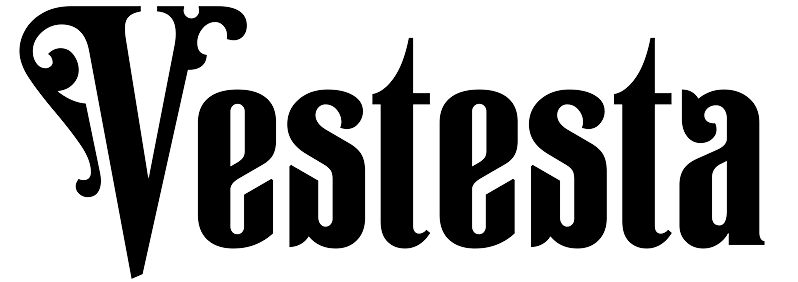
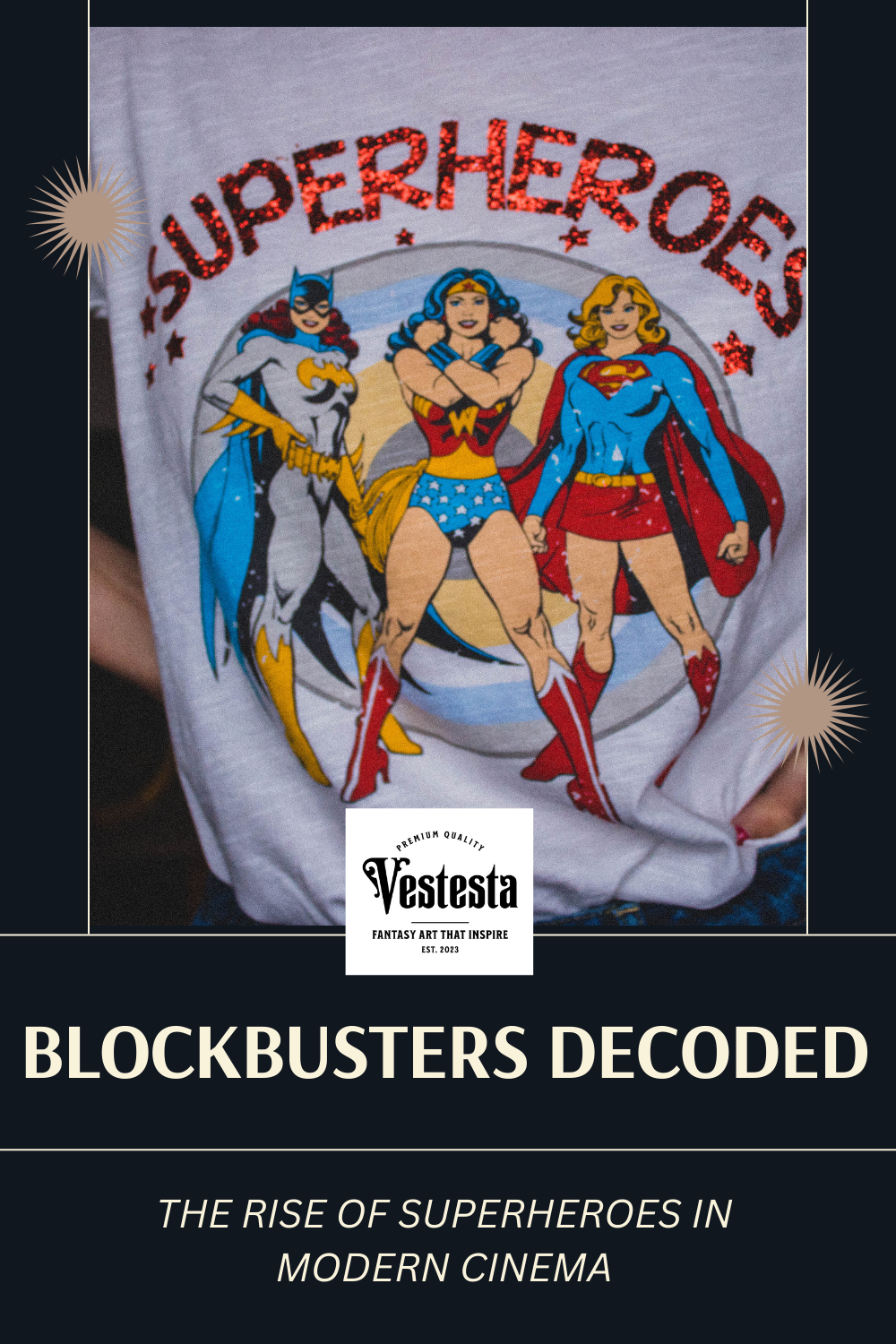


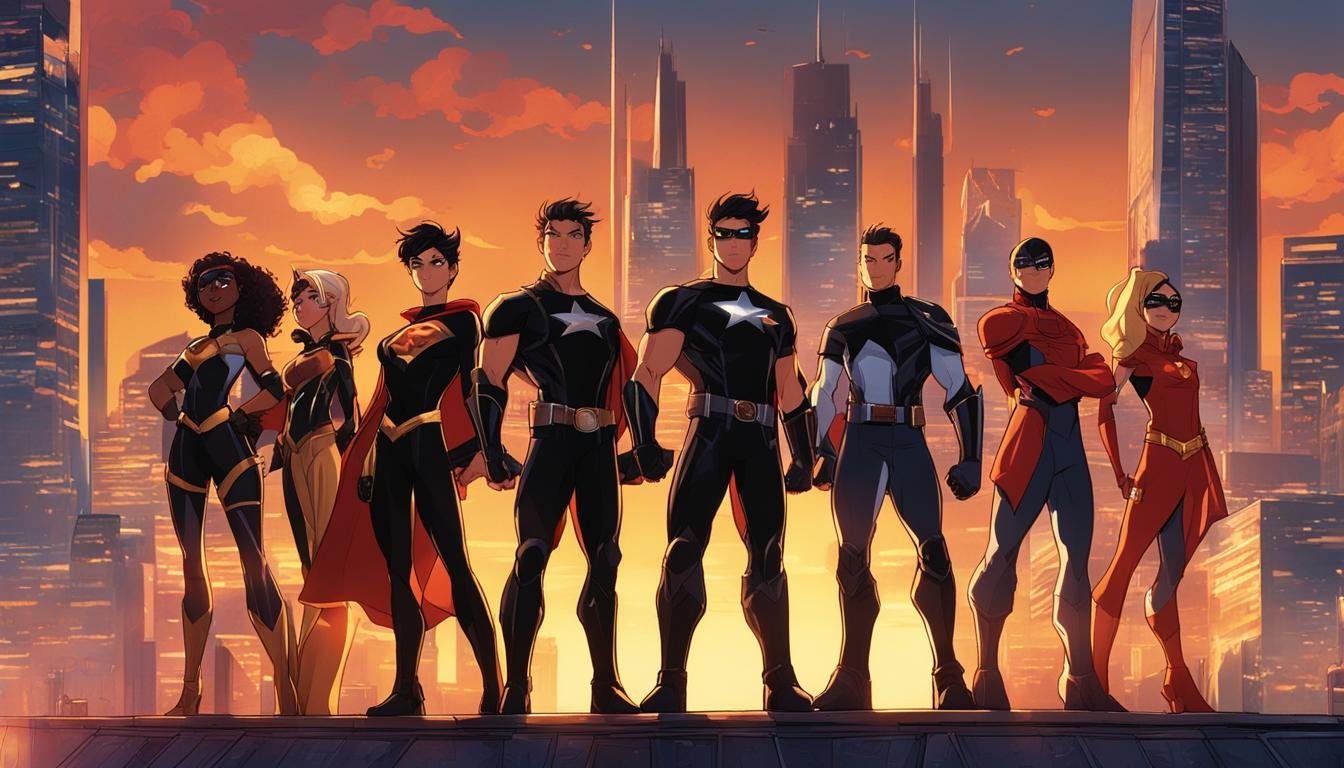

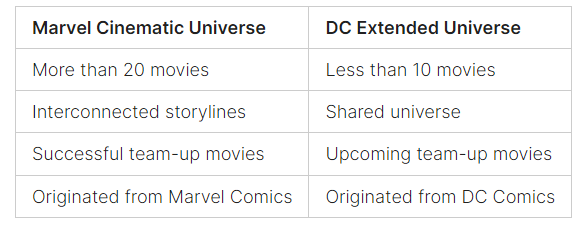

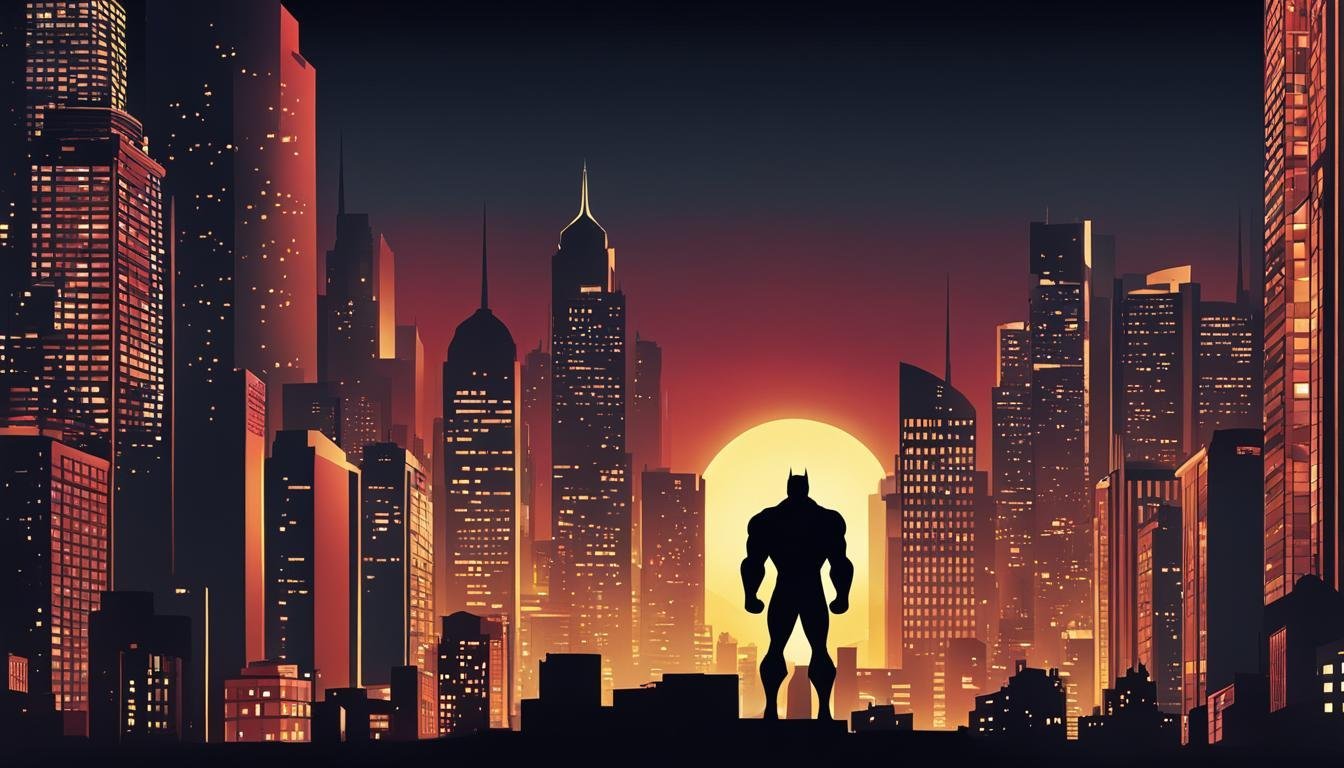



0 Comments